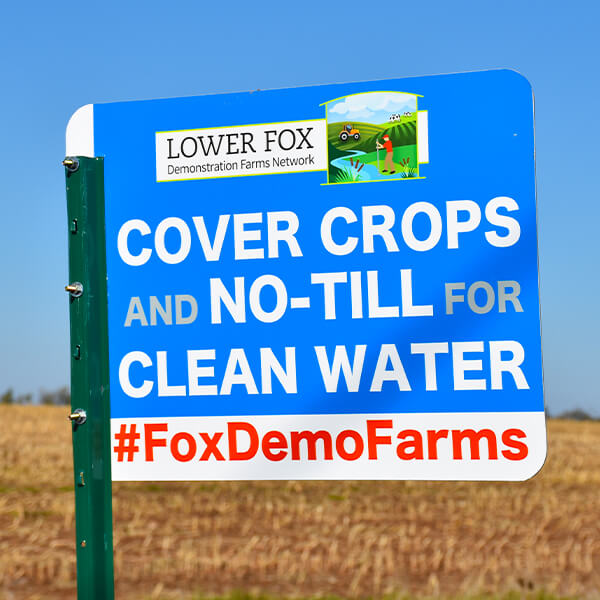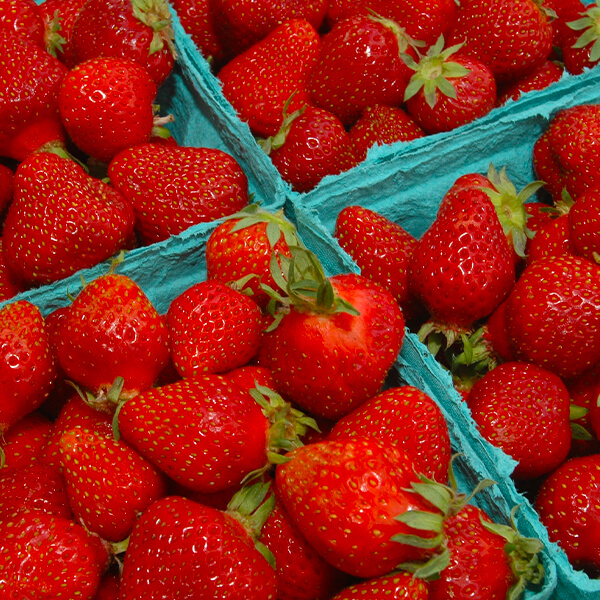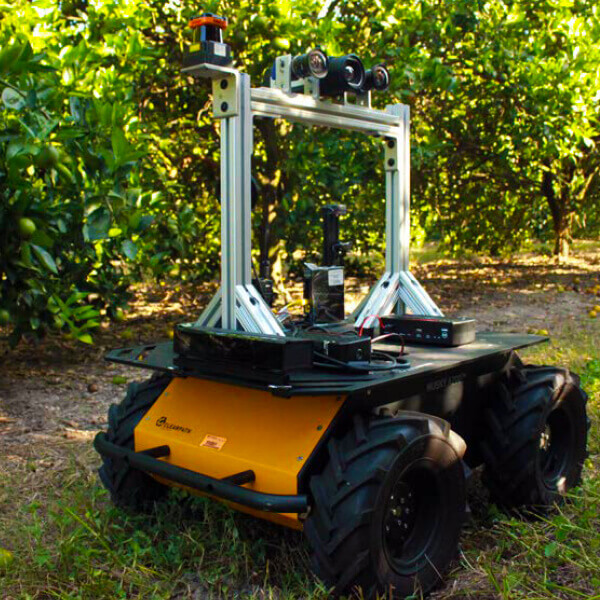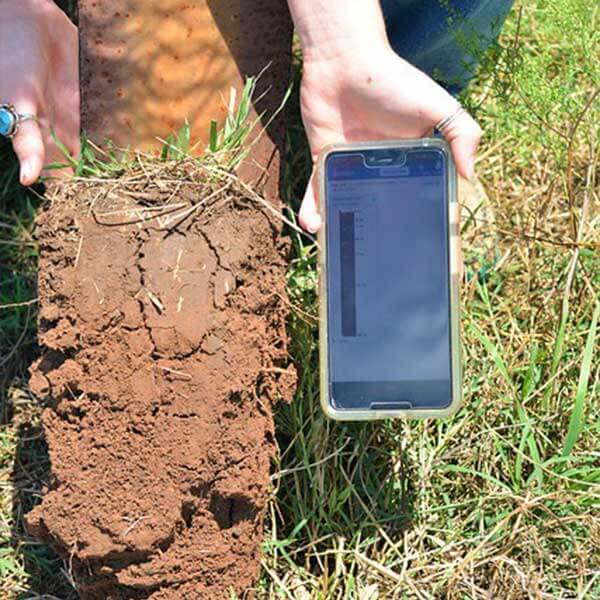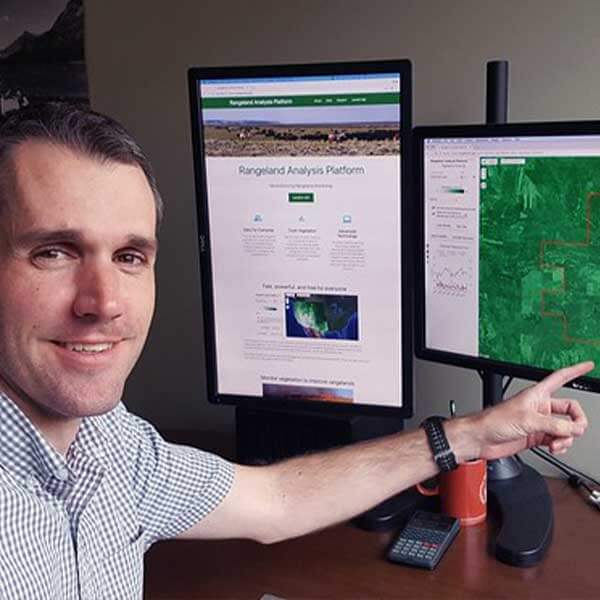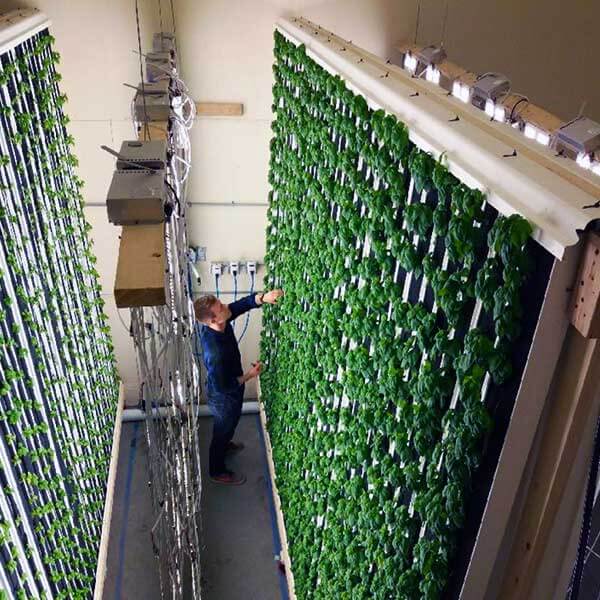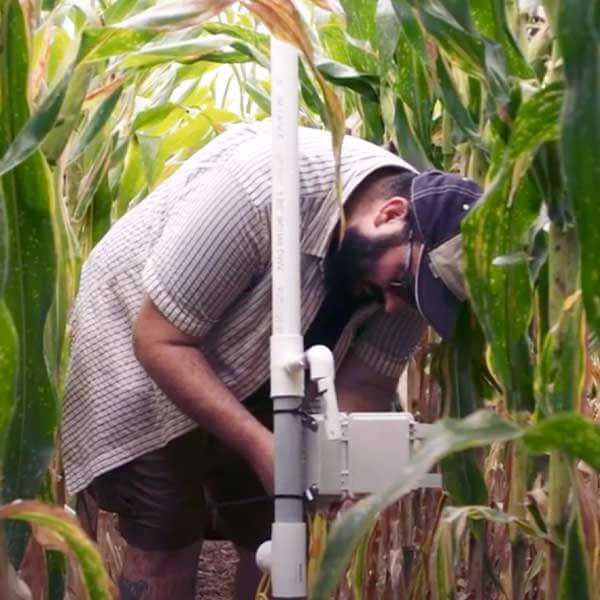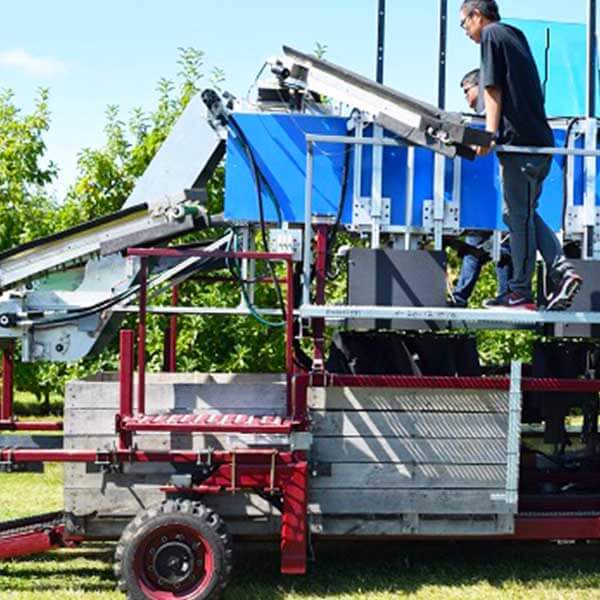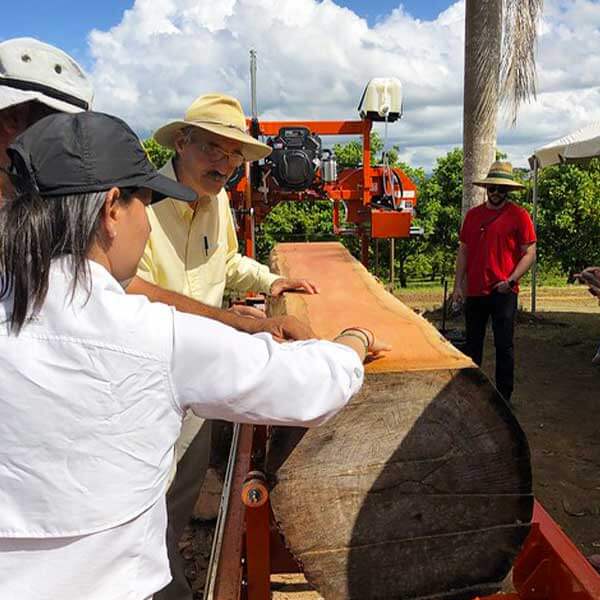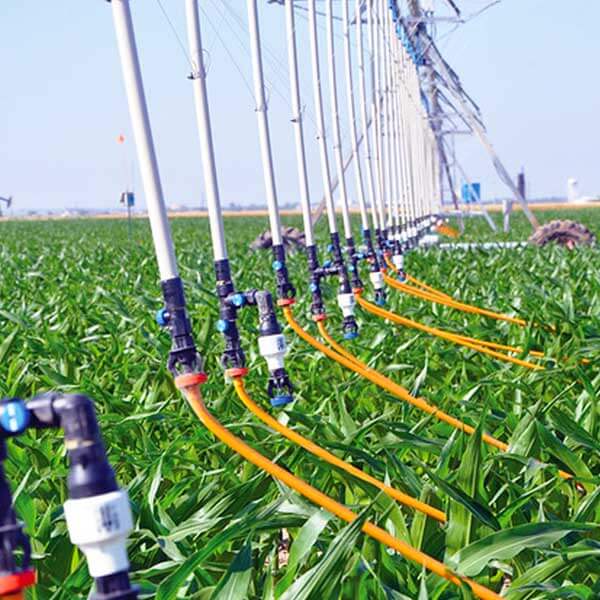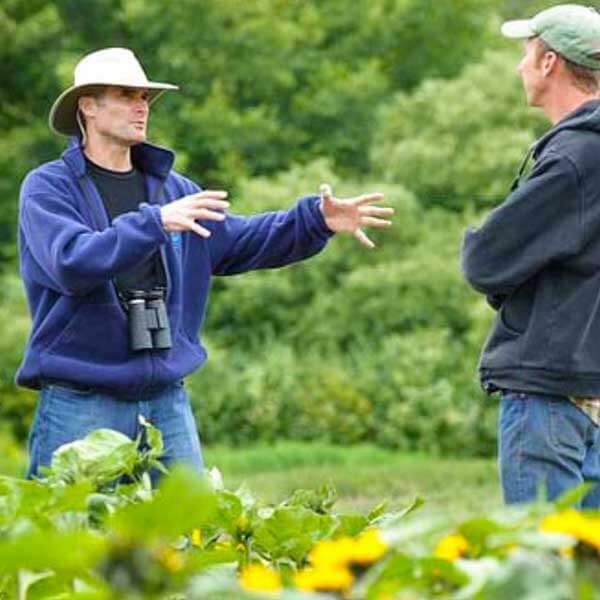Overview
The AIA is a department-wide effort to align USDA’s resources, programs, and research to provide farmers with the tools they need and to position American agriculture as a leader in the effort to meet the food, fiber, fuel, feed, and climate demands of the future. Specifically, USDA will stimulate innovation so that American agriculture can achieve the goal of increasing U.S. agricultural production by 40 percent while cutting the environmental footprint of U.S. agriculture in half by 2050.
AIA Year One Status Report (PDF, 562 KB)
AIA Scoreboard Report (PDF, 777 KB)
U.S. Agriculture
Innovation Research Strategy
The Agriculture Innovation Research Strategy aims to engage the public and private sector on research goals that will help inform research priorities to address the AIA for the next 10 to 30 years. USDA will continue to engage stakeholders to build a strong research strategy. Please visit the dashboard to explore the data by topic area and generate customized reports.
Read the Innovation Research Strategy (PDF, 4.8 MB)Visit the Dashboard2021 Agricultural
Outlook Forum
The 2021 Forum, themed “Building on Innovation: A Pathway to Resilience,” builds on USDA’s Agriculture Innovation Agenda to align USDA’s resources, programs, and research toward the goal of increasing U.S. agricultural production by 40 percent while cutting the environmental footprint of U.S. agriculture in half by 2050. Join us for this virtual event on February 18-19, 2021.
RegisterComponents
The AIA is comprised of four main components. The first component is to develop an innovation strategy that aligns and synchronizes public- and private-sector research. The second component is to align the work of our customer-facing agencies and integrate innovative technologies and practices into USDA programs. The third component is to conduct a review of USDA productivity and conservation data. USDA already closely tracks data on yield, but on the environmental side, there’s some catching up to do. Finally, USDA has set benchmarks to improve accountability. These targets will help measure progress toward meeting future food, fiber, fuel, feed and climate demands.
-
USDA is creating a comprehensive U.S. agriculture innovation strategy to align public and private research efforts.
Bold and transformative innovation is needed to meet future demands. USDA will align input from the agricultural community on what innovative technologies and practices are needed with the research goals of the scientific and innovation communities to achieve tangible and relevant outcomes.
In 2020, USDA will:
- Collect feedback through our Request for Information (RFI) on the most important innovation opportunities defining the next era of agriculture productivity and environmental conservation to be addressed in the near and long term. The focus is on how these exciting science and technology developments hold potential for agriculture in the future.
- Using input provided, identify common themes across the agriculture customer base to inform research efforts in the Department, the broader public-sector, and the private sector.
-
USDA is integrating the latest innovative conservation technologies and practices into our programs.
There have been dramatic advances in efficiency and conservation performance over the past two decades. USDA can assist farmers in accessing and adopting new technologies and practices to help producers meet productivity and environmental goals. To accomplish this, the Department will focus on USDA program delivery to encourage rapid adoption of cutting-edge technologies and practices. USDA will also champion commercialization of innovative technologies in the private sector.
In 2020, USDA will:
- Improve internal coordination in order to facilitate transmission of best approaches among USDA research and program agencies to integrate and deliver to our customers through USDA programs.
- Develop standardized OneUSDA processes for immediate in-take and integration of proven technologies.
- Work with existing regional outreach networks and other partnerships to identify innovation opportunities in order to rapidly integrate the latest technologies into our programs and understand how those technologies can best serve our customers.
- Solicit and encourage development of the best “ready-to-go” innovative technology from the private sector.
-
USDA is improving our Data Collection and Reporting.
USDA currently collects a wealth of data on commodity production, but information on how our food is produced and the conservation practices being employed is harder to come by. USDA will increase our understanding of the adoption of conservation practices and improve the timeliness and access to conservation information, delivering a powerful new tool to measure and track progress. Through improved reporting and access to conservation data, USDA and the public will be able to understand and monitor conservation and productivity trends and progress. Access to this information will also serve as a catalyst for innovation and improved conservation decision-making.
In 2020, USDA will:
- Review the array of data we’re collecting on conservation practices, and make improvements to conservation reporting systems to identify:
- The most useful data for tracking progress towards goals;
- Gaps in the data that USDA currently collects that prevent large-scale trend analysis in production and conservation adoption trends;
- Improvements in data collection and reporting; Trends in production and conservation adoption;
- The effects of conservation on natural resources; and
- The most useful data for tracking food loss and waste.
- USDA will recommend improvements to conservation reporting systems which will be regularly updated, leveraging data from existing USDA surveys. This new reporting will contain timely and detailed trend data on agricultural conservation adoption, as well as production, to track progress toward meeting our goals.
- Review the array of data we’re collecting on conservation practices, and make improvements to conservation reporting systems to identify:
-
USDA is holding ourselves accountable with benchmarks.
USDA has outlined benchmarks to hold us accountable as we stimulate innovation so that American agriculture can achieve the goal of increasing U.S. agricultural production by 40 percent while cutting the environmental footprint of U.S. agriculture in half by 2050. This will be an on-going effort toward meeting the demands of the future.
- Agricultural productivity: Increase agricultural production by 40 percent by 2050 to do our part to meet estimated future demand.
- Forest Management: Build landscape resiliency by investing in active forest management and forest restoration through increased Shared Stewardship Agreements with States.
- Food Loss and Waste: Advance our work toward the United States’ goal to reduce food loss and waste by 50 percent in the United States by the year 2030, from the 2010 baseline.
-
Carbon Sequestration and Greenhouse Gas: Enhance carbon sequestration through soil health and forestry, leverage the agricultural sector’s renewable energy benefits for the economy, and capitalize on innovative technologies and practices to achieve a net reduction of the agricultural sector’s current carbon footprint by 2050 without regulatory overreach.
- Multiple pathways exist to achieve this goal, including promoting innovation and new technologies and practices to improve fertilizer and manure management, capturing biogas, improving livestock production efficiency, conserving sensitive and marginal lands to enhance carbon sinks, reforestation and responsible forest management to prevent wildfire, maximizing the benefits of renewable energy through improved efficiency and carbon capture, and encouraging soil health practices such as no-till to sequester carbon.
-
Water Quality: Reduce nutrient loss by 30 percent nationally by 2050.
- Address the areas with the greatest needs.
- Support existing watershed goals.
-
Renewable Energy: Support renewable fuels, including ethanol, biodiesel, and biomass.
- Increase biofuel feedstock production and biofuel production efficiency and competitiveness to achieve market-driven blend rates of E15 in 2030 and E30 in 2050. Achieve market-driven demand for biomass and biodiesel.
Faces of Innovation
Select an image to learn how agricultural innovations and farmers are changing the world.
